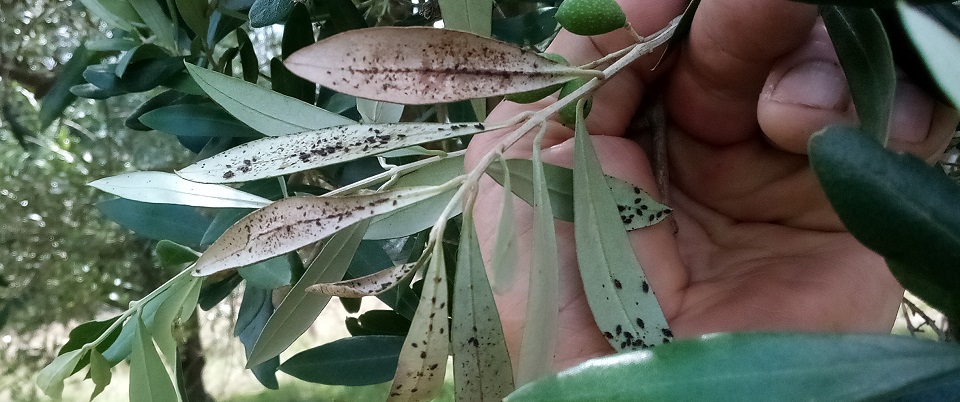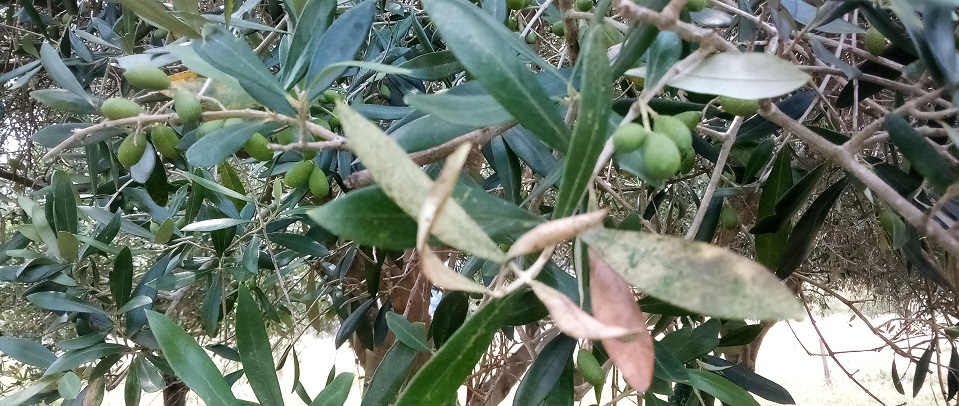Lace Bug in the Alpine Shire, North East Victoria March 2024
Since the recent accurately written Alpine Observer article on Lace Bug impacting local olive growers, I have had a lot of people ask me about it.
This is my summary, as at March 2024. There are people more expert than me, and there are other olive growers who are getting a different result to me. This is my perspective, not an expert opinion and not a representation of the overall industry opinion. I'll try and indicate where I am speculating. An excellent reference is any material published on the topic by Prof Robert Spooner-Hart, who is an expert.
The ABC has also just released an accurate story on the topic.
So...
Olive Lace Bug is an Australian native insect. It has jumped from its host the local native olive to the common European olive that we are more familiar with. Its an Australian problem only, doesn't affect European or American growers. Originally from northern NSW and Queensland, it has spread across Australia and is in most States. It has become a recent focus of the Australian Olive Association, but has been a growing problem for a number of years. This year it is unusually bad in north east Victoria.
Normally Lace Bug appears in olive trees after winter. Once it warms up the breeding cycle is fast, and they can explode in numbers in weeks. First indications are usually small clusters of damaged leaves, usually at the end of lower branches. The damage is typically that the lower end of the leaf is brown, or that a group of leaves have a mottled look. The Lace Bug can be found on the underside of the leaf. Lace Bug can fly, and can spread via wind or via hitching a ride on people, animals and machinery.

Lace Bug on the underside of olive leaves.

Typical damage of Lace Bug.
Spraying with an organic-approved pesticide like Pyrethrum can kill Lace Bug colonies, but it is essential that all colonies are sprayed. In early Spring another option is normal gardening white oil, diluted to apply through a fine spraying unit. If you only had one tree, and it was small, basic flyspray will kill Lace Bug. You would of course need to consider the flyspray on your crop.
This year normal containment processes have failed, and many olive growers are seeing their trees over-run by Lace Bug. In our case we spot sprayed more than normal in Spring, then again in January, then brought in blast-sprayers to spray through the entire tree. While it did kill Lace Bug, it did not succeed in killing them all and they regenerated in a few weeks. The outcome has been catastrophic.

Apart from the unusually high volume of Lace Bug this year, what is also unusual this year is that Lace Bug have moved to other hosts. This year Lace Bug are defoliating Ash trees, and have been seen on Paulownia and Privet. These are all common "domestic" trees and are found everywhere in the Alpine Shire.

Ash tree in Porepunkah street

Lace Bug infesting Paulownia, Eurobin

Lace Bug infesting Privet, Eurobin

Ash tree in Myrtleford showing Lace Bug damage
This makes containment difficult, as the host trees are not something that normally would be managed by anyone.
In an olive grove, the option of spraying every two weeks for the summer/autumn months is not financially viable, and defies common sense in terms of food health. (In our case, after spraying with blast sprayers twice we opted to let it run its course.)
In my opinion the impact of Lace Bug on the crop is that the trees will no longer accumulate oil in the growing olives. That is, you can harvest but will get nothing from the olives, and whatever you get may not be a good quality. In the following year the trees will put all their effort into regrowth, and produce almost no olives. The good news is that the third year should see a good result....a lot of olives, high quality oil, high percentage returns.
What should you do?
If you have an olive tree, check it for Lace Bug. I would recommend that you spray them if you find them. Any insecticide or pyrethrum spray will work. As it gets cooler, white oil spray is a safer option.
Hope for a cold winter. and a hot, dry summer.
April issue of Olive Oil Times covering Lace Bug in Australia this year
